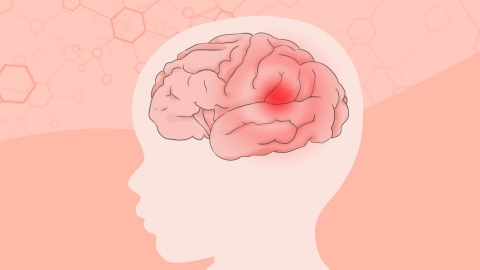What are the risks of blood oxygen saturation below 90%?
Generally, a blood oxygen saturation level below 90% can usually lead to cerebral tissue hypoxia, increased cardiac workload, impaired respiratory function, decreased kidney function, and weakened muscle function. The specific analysis is as follows:

1. Cerebral Hypoxia: The brain has a high demand for oxygen. When blood oxygen saturation falls below 90%, insufficient oxygen supply to the brain may cause symptoms such as dizziness, headache, and confusion. Prolonged hypoxia can damage brain cells and affect nervous system function.
2. Increased Cardiac Workload: When the body is oxygen-deprived, the heart must beat faster to increase blood supply and compensate for the oxygen deficiency. Remaining in this state long-term can lead to myocardial fatigue, potentially causing arrhythmias, chest tightness, and, in severe cases, damage to heart function.
3. Impaired Respiratory Function: Low blood oxygen saturation stimulates the respiratory center, increasing respiratory rate and depth. Prolonged overuse of respiratory muscles can lead to fatigue, further reducing respiratory efficiency and creating a vicious cycle of hypoxia and declining respiratory function.
4. Decreased Kidney Function: The kidneys require sufficient oxygen to maintain normal metabolism. Oxygen deficiency can impair renal blood perfusion, leading to abnormal kidney function indicators and reduced urine production. Long-term hypoxia may cause kidney damage.
5. Weakened Muscle Function: Oxygen deficiency in muscle cells affects energy production, leading to muscle weakness and reduced exercise tolerance. Limb movements become sluggish, making it difficult to sustain normal activity intensity and affecting daily life.
When blood oxygen saturation falls below 90%, it is important to promptly identify the cause, ensure airway patency, and take measures such as oxygen therapy to improve the hypoxic condition. Medical attention should also be sought promptly to determine the underlying cause and receive targeted treatment.






